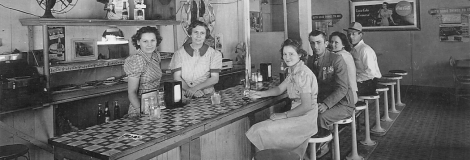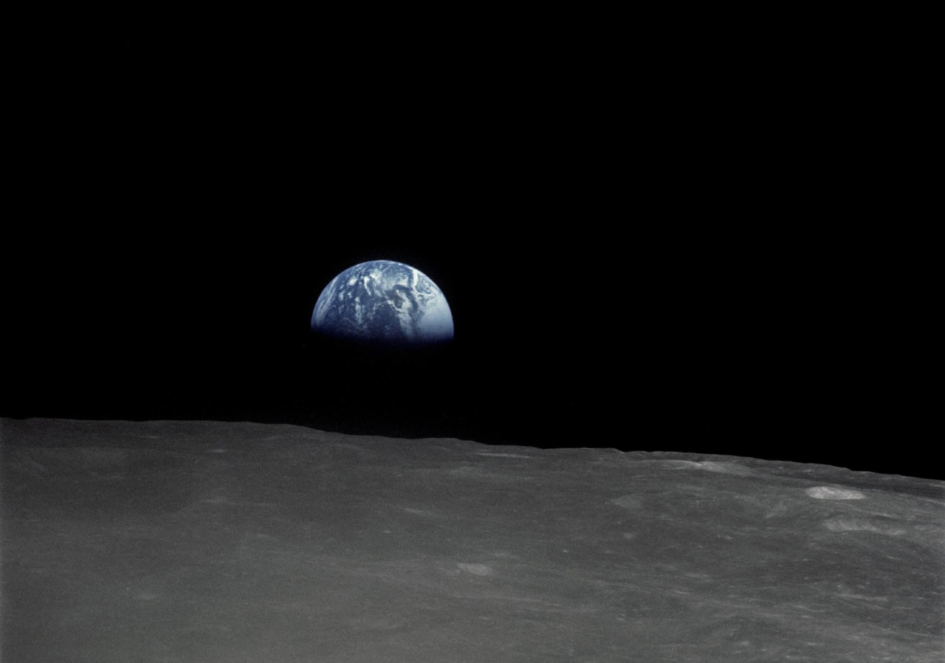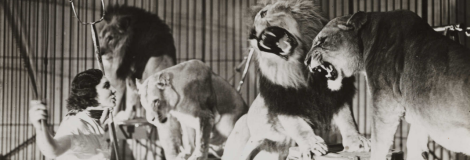I gave the book “Drive” by Daniel Pink the side-eye when it came out 4 years ago for a variety of reasons. Mostly because it was a little idea well-packaged for mass consumption. The marketing of it was superb and the hangover from its contents can still be seen in the blog posts of gurus and consultants and plaque-sellers and koozie hawkers. The “AMP” (autonomy, mastery, and purpose) religion is still in force and still being evangelized. Don’t misunderstand. I think there is validity to the idea of AMP. I just don’t believe that it is all that “new.”
See, one of the big tip-offs that I was reading someone’s “opinion,” and not really proven fact on motivation, is his statement that human beings, and their motivational drivers, have somehow evolved in 90 years. His premise (a foundational one) was that there was a “motivation 1.0” valid during the industrial boom of the early 20th century that evolved in just two generations into a whole new motivational foundation – ie: Motivation 2.0.
Now, I’ve left a ton of my education in the halls of my high schools and colleges (yeah – I went to multiple schools – long story – grab me over a whisky sometime and I’ll explain) but one thing I DO remember is that evolution takes a long, long, long, long, long, long, long, long, long, long, long, long, (breathe) long, long, long, long, long, long, long, long, long, time.
Like a-bagillion-million years.
If humans are to have “evolved” and be motivated differently than your grandfather, then we need to seriously check the radioactivity of our drinking water.
We haven’t changed that much.
Work Has Changed – Not Humans
 We humans still get our motivations from the same sources we did 100 years ago regardless of Mr. Pink’s ability to shrink time-space. We still respond to carrots and shy away from sticks. We still crave validation and recognition and we have always – read that again – ALWAYS – wanted to control our work and demonstrate our mastery of it and know it connects to a larger purpose. Everything in the AMP model was there 100 years ago – it just wasn’t part of the times.
We humans still get our motivations from the same sources we did 100 years ago regardless of Mr. Pink’s ability to shrink time-space. We still respond to carrots and shy away from sticks. We still crave validation and recognition and we have always – read that again – ALWAYS – wanted to control our work and demonstrate our mastery of it and know it connects to a larger purpose. Everything in the AMP model was there 100 years ago – it just wasn’t part of the times.
One hundred years ago we were in the nascent stages of the industrial revolution. Machines were the workhorses of the economy. Humans were simply maintenance workers for the real value-add – the assembly line and interchangeable parts. We – read business – didn’t need AMP to drive business success. We needed repeatable processes that eliminated variability. We needed to drive behaviors that supported those outcomes. We needed to drive people to do the same work – over and over again – because that is how business extracted value from the machines and the factories. It wasn’t that the workers didn’t want AMP – it was that businesses didn’t need it.
But just like the machines that took over the work from the craftsmen of the 18th century, machines are now taking over the work of the humans maintaining the machines on the factory floor.
And when work changes – how we manage that work and how we influence the outputs from that work change. The behaviors we want from our humans – our colleagues our associates – has changed. And that changes the WAY we influence behavior. We need to rely on different motivational tools that pull different motivational levers in our workforce. Not because the worker has changed but because the work has.
Incentives (carrots) still have a place in the business world and in our thinking when it comes to driving behaviors. Incentive programs may take up a much smaller portion of our influence strategy than they did 50 or 75 years ago, but they should still be there. Incentives are needed when you want to break behavioral inertia and get people to start a new behavior (or stop one.) Incentives still provide a much-needed focus on specific goals and objectives. Incentives eliminate guesswork. When someone tells you that you get $100 for selling a widget – you don’t need much more explanation on what they think they want from you. No subtext nor ambiguity. They want you to sell. Incentives have a place.
People didn’t change. The world did.
Remember as you look at your business it is changing each day. What drives your business success changes each day. What you need from your teammates and fellow employees changes each day. But know the motivations they bring to their work each day haven’t changed. Your fellow working humans STILL have the same goals, desires, needs, and wants as the factory worker did in 1930, as the blacksmith did in 1850 and the pub owner in 1765.
That my friend – won’t be changing anytime soon.






July 10, 2015 at 3:11 pm
An excellent post Paul. I have said a number of times that the desire to “work with purpose” is not a Millennial invention.
There is one area you are not entirely correct about. Evolution generally operates over eons, however there is something called “punctuated evolution” which allows that something’s can change very rapidly, in a period of generations not eons.
July 10, 2015 at 4:49 pm
Thanks Mike for updating me on that. I knew there were times when a large change in the environment can force rapid changes but didn’t include that possibility in my thinking. I guess Mr. Pink was making the assumption of punctuated evolution when he jumped from Motivation 1.0 to Motivation 2.0. Maybe it was the fluoride in the water not the radioactivity.
Appreciate you taking the time to read and comment!